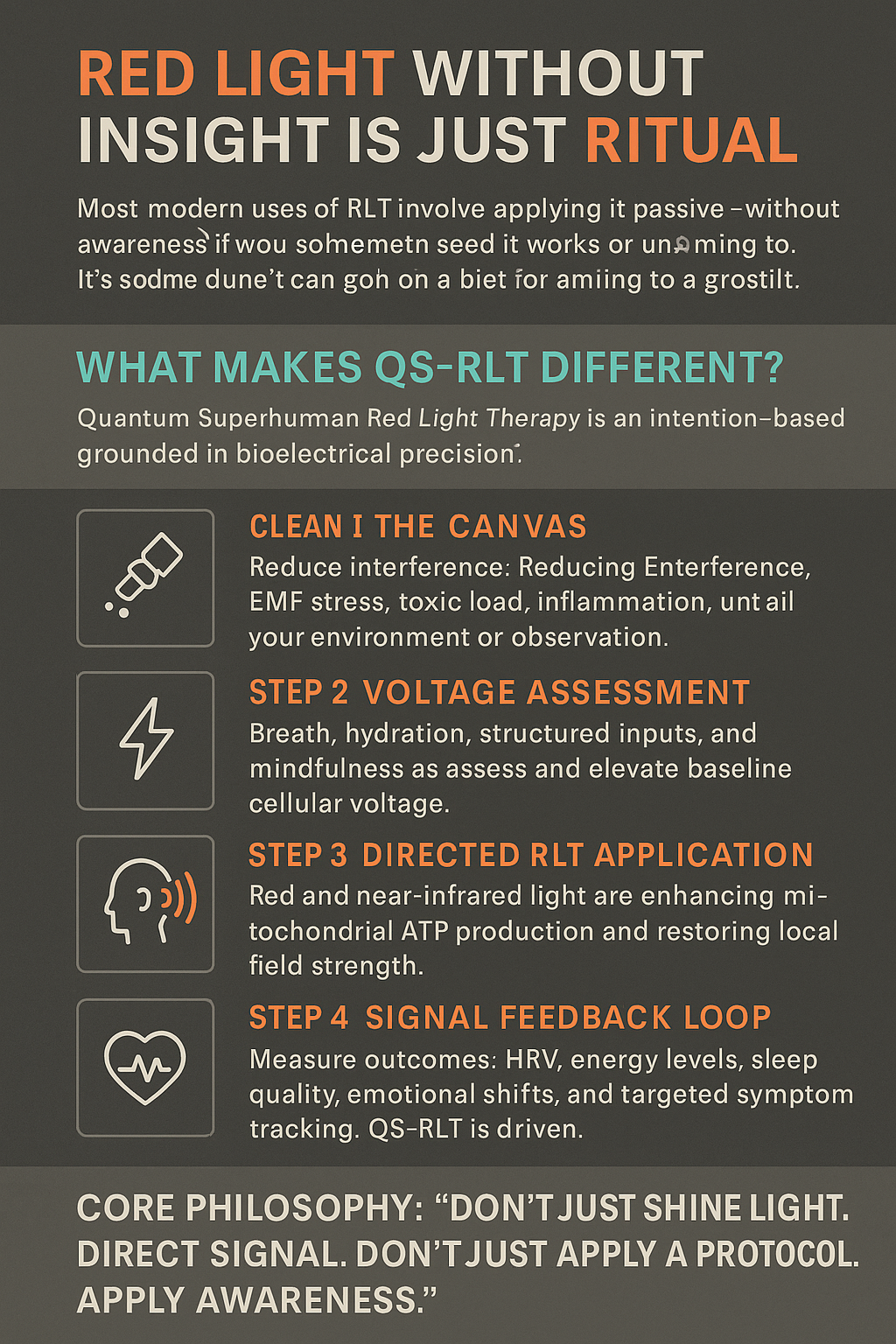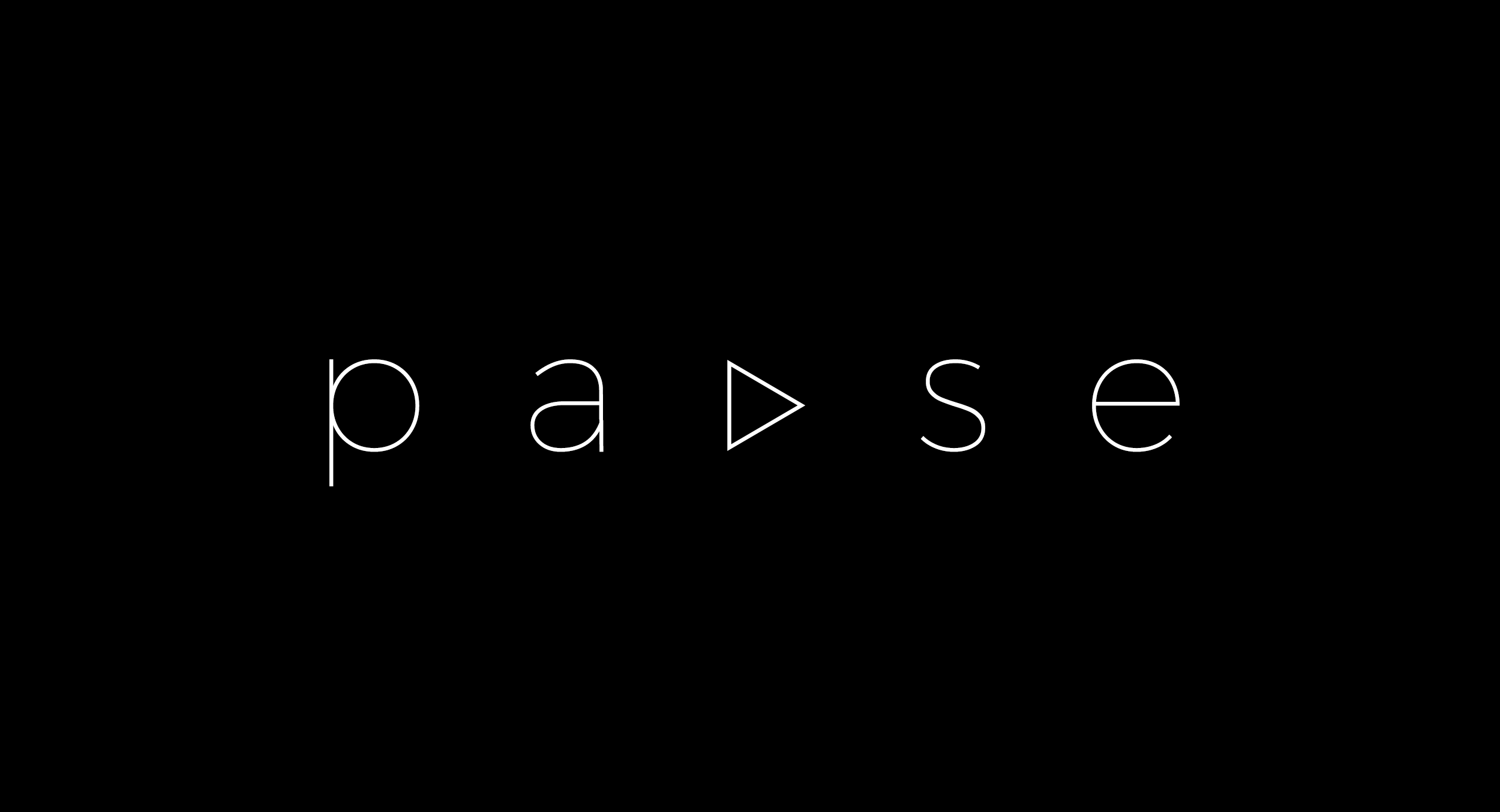Blog
- Rooted in photobiology and supported by evolving clinical research, RLT applies specific wavelengths of red and near-infrared light to stimulate cellular repair, reduce inflammation, and rejuvenate the body from the inside out.
A Comprehensive Guide to Red Light Therapy (RLT)
Red light therapy (RLT), also known as photobiomodulation (PBM), is a non-invasive therapeutic technique that uses specific wavelengths of red and near-infrared (NIR) light to stimulate cellular activity and promote healing.
A Brief History of Phototherapy and RLT
The history of light therapy is a fascinating journey that dates back to the late 19th and early 20th centuries. The foundation was laid by Danish physician Niels Finsen, who was awarded the Nobel Prize in 1903 for his pioneering work using light therapy to treat skin conditions like lupus vulgaris and smallpox lesions.
The modern era of RLT began in 1967 with Hungarian physician Endre Mester.
Following Mester's work, research expanded, and in the 1990s, NASA became interested in the technology.
Today, professional organizations like the North American Association for Photobiomodulation Therapy (NAALT) and the PBM Foundation are dedicated to educating healthcare professionals and the public on the science and clinical applications of RLT.
How Red Light Therapy Works
Red light therapy utilizes light within specific wavelengths, typically ranging from 620 to 750 nanometers (nm), while near-infrared light has longer wavelengths up to 1,200 nm. When these photons penetrate the skin, they are absorbed by chromophores—molecules that give a substance its color—and by the mitochondria, the "powerhouses" of the cells.
This process triggers a cascade of cellular changes:
For RLT to be effective, specific protocols and dosages must be followed, which is why a knowledgeable practitioner is often recommended, especially for treating medical conditions.
Potential Benefits and Applications
While ongoing research is needed to standardize protocols and fully understand the scope of its effects, RLT shows promise for a range of uses:
Types, Safety, and Getting Started
Red light therapy devices come in various forms, including handheld units, LED panels, full-body beds, and even saunas that use near-infrared light.
Before beginning RLT, it is crucial to consult with a healthcare professional, such as a dermatologist or pain specialist, especially if you have an underlying medical condition.
During a session, the therapy is typically non-invasive and painless.
The Takeaway
Red light therapy is a dynamic and evolving field of photomedicine with a promising future.
ATP Production: The light energy increases the production of adenosine triphosphate (ATP), which is the primary energy source for cells.
Cellular Signaling: The light influences cellular signaling pathways, which can lead to reduced inflammation, increased circulation, and the activation of growth factors.
Collagen Stimulation: In the context of skin health, RLT is known to stimulate the production of collagen, a protein essential for skin elasticity and firmness.
Skin Rejuvenation and Dermatology: RLT is widely used in dermatology to address acne, fine lines, wrinkles, and redness.
Pain Management and Injury Recovery: RLT can be used to improve muscle performance and accelerate recovery from sports injuries.
Wound Healing: The anti-inflammatory and regenerative properties of RLT have been shown to improve the body's ability to heal wounds, including open sores and ulcers.
Side Effects of Cancer Treatment: RLT, when used preventatively, may help decrease the severity of side effects from chemotherapy or radiation, such as skin damage and oral tissue inflammation.
Psoriasis Symptoms: Small studies have shown promising results for RLT in treating psoriasis, with some participants experiencing significant clearance of plaques. More research is needed in this area.




No Comments
Signup or login to leave a comment